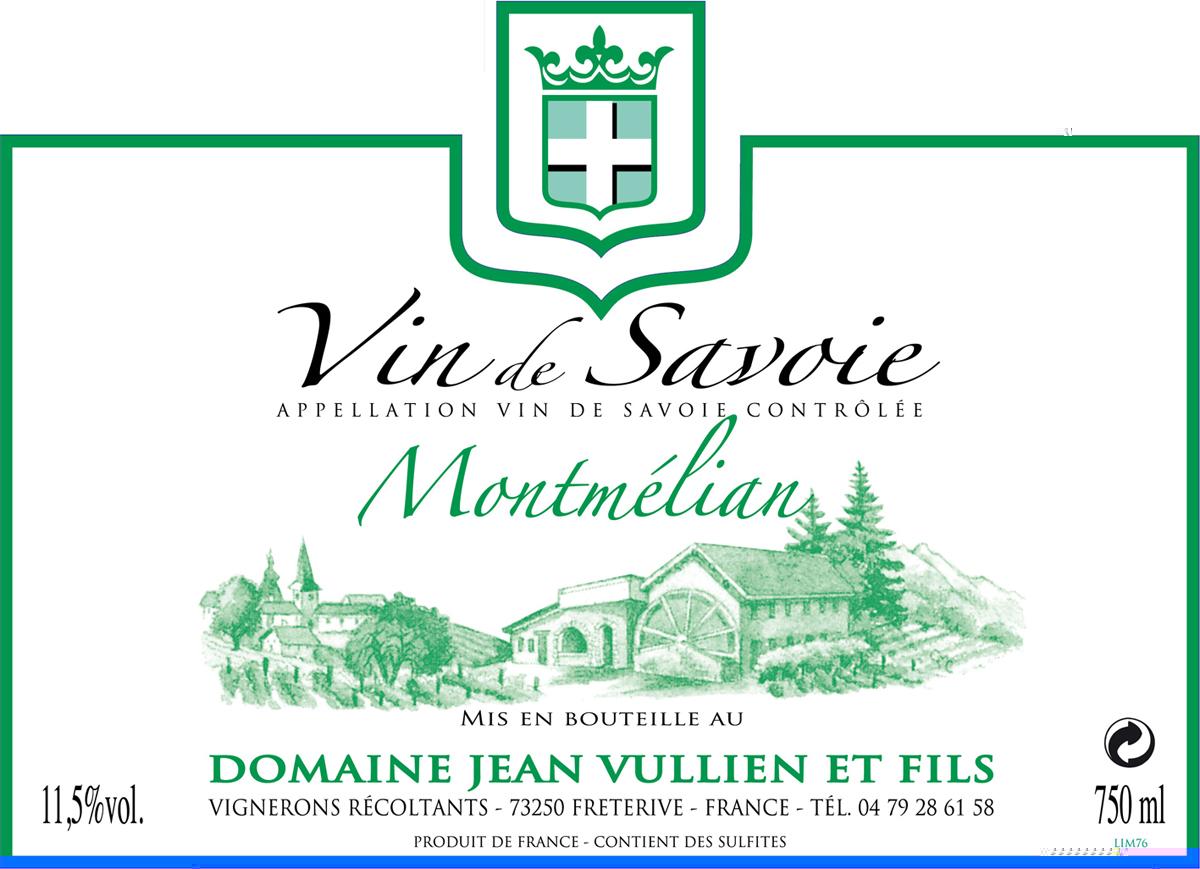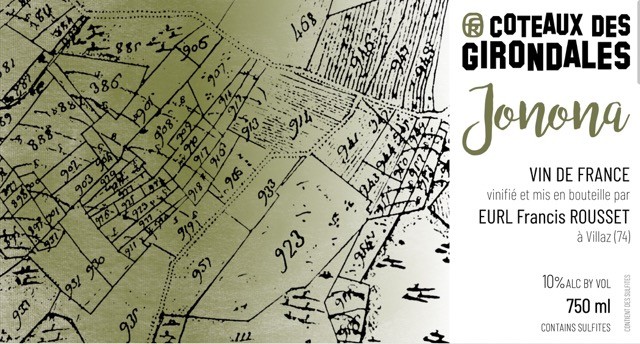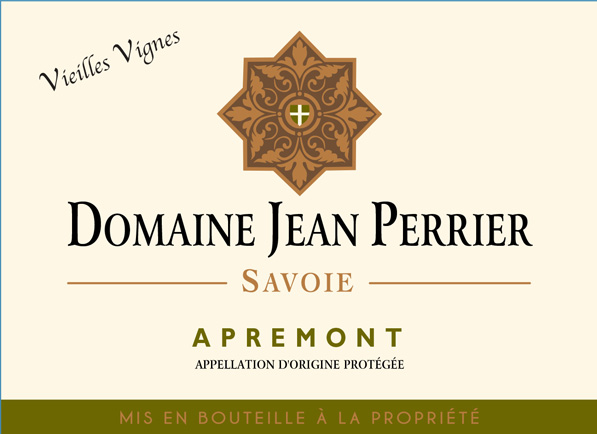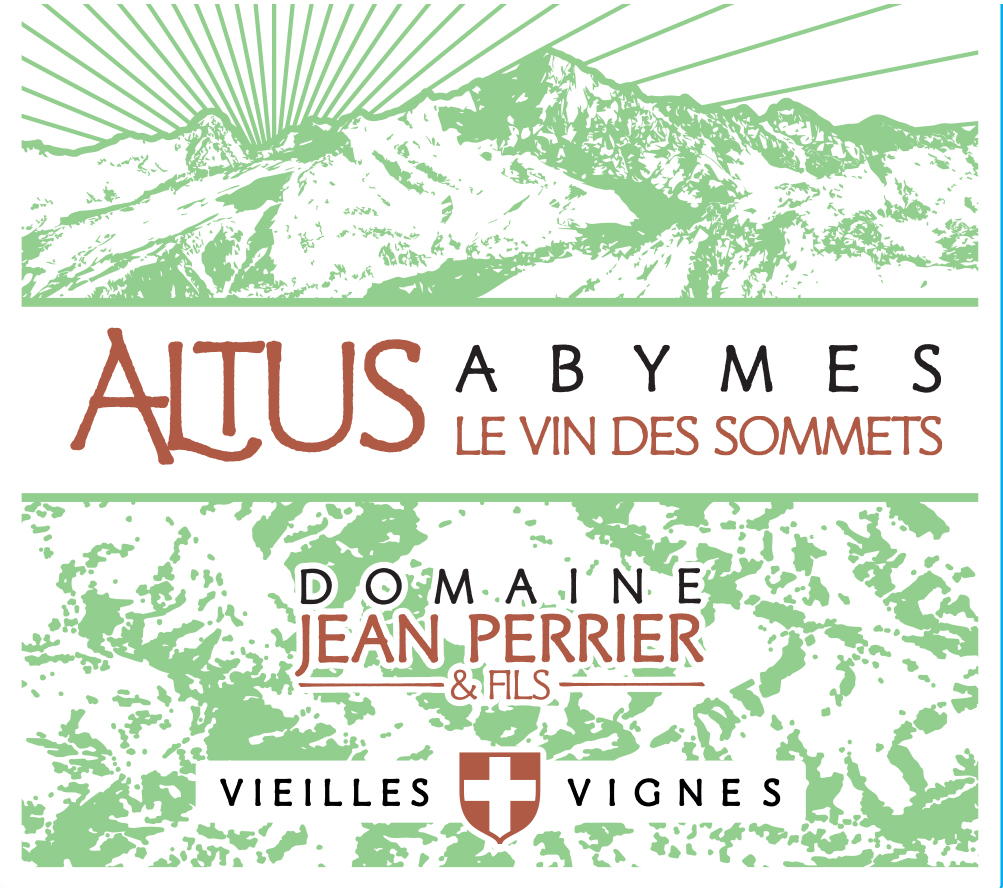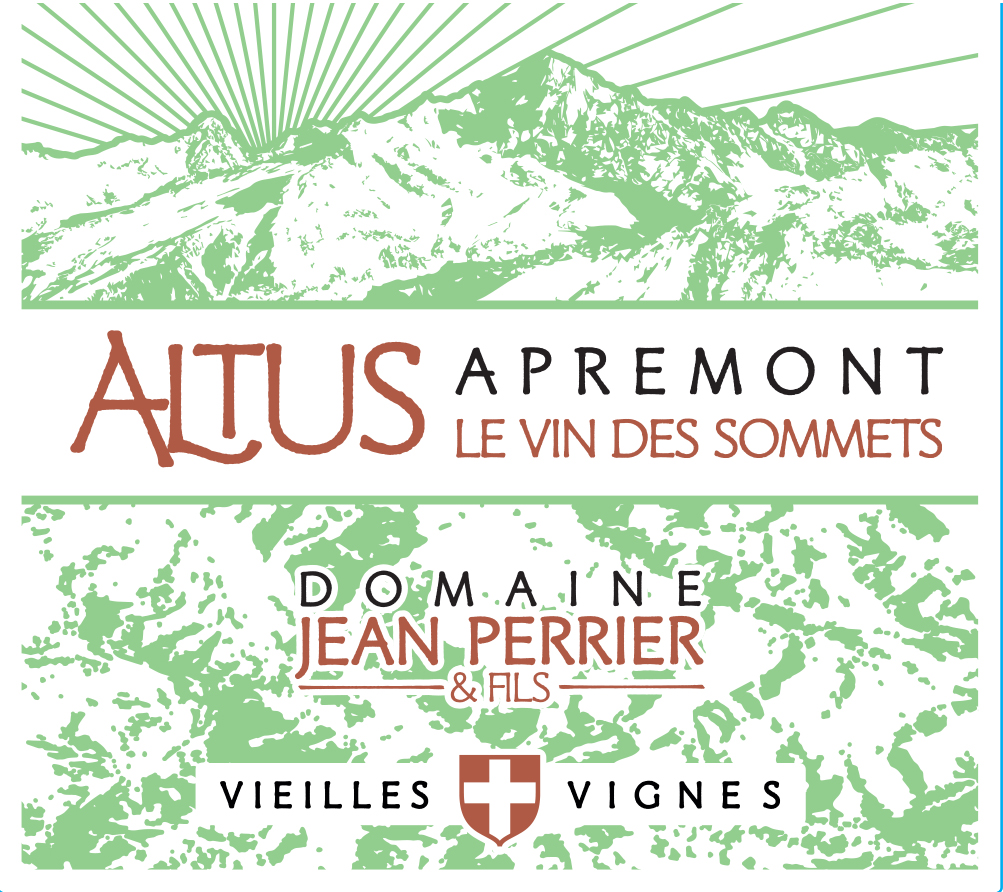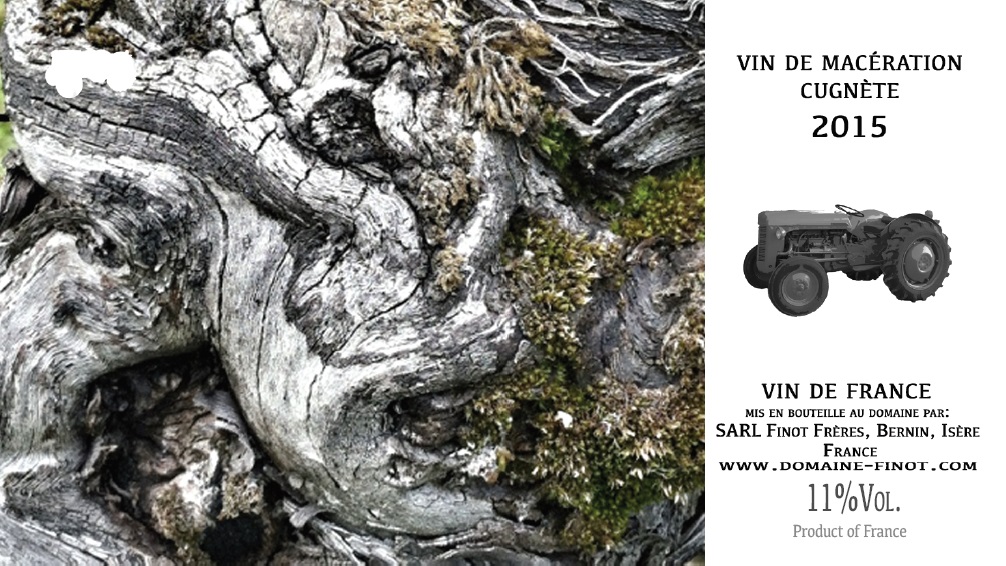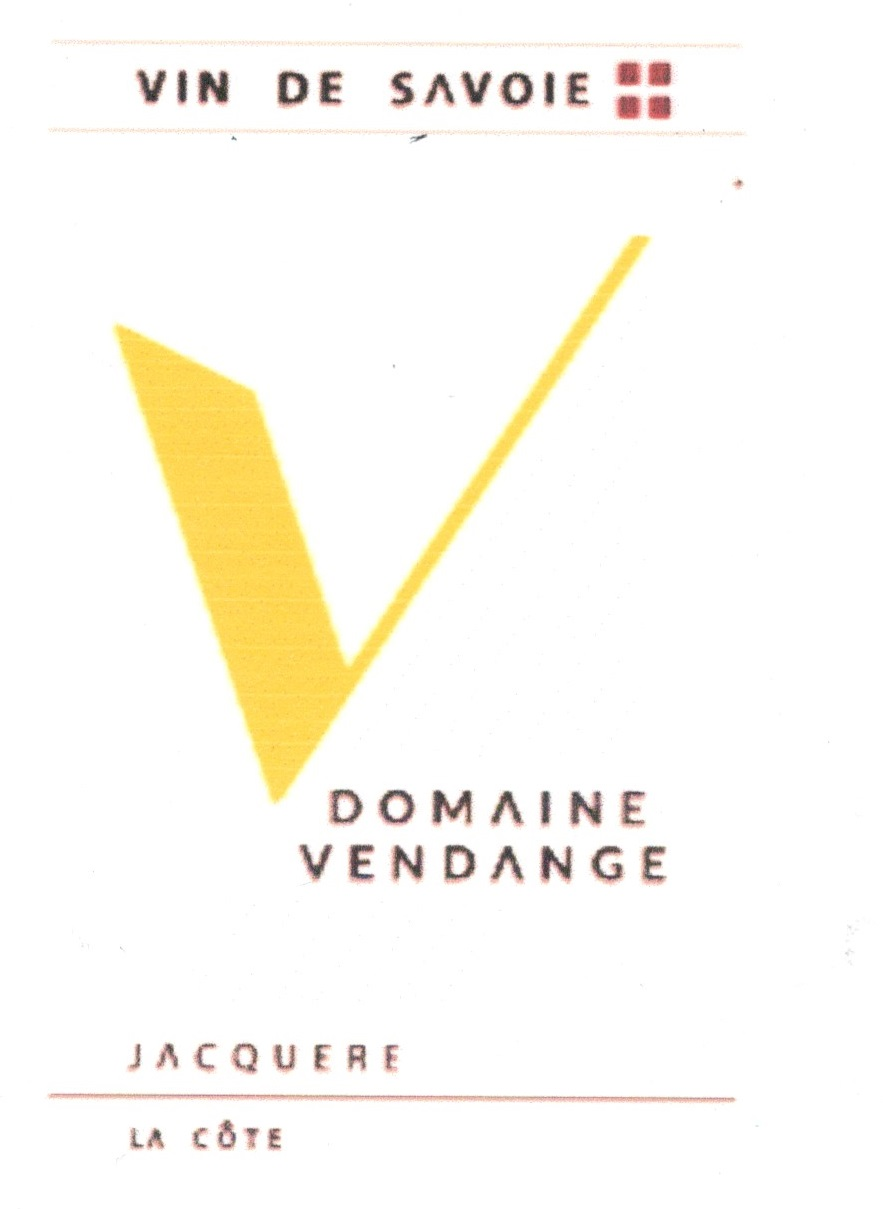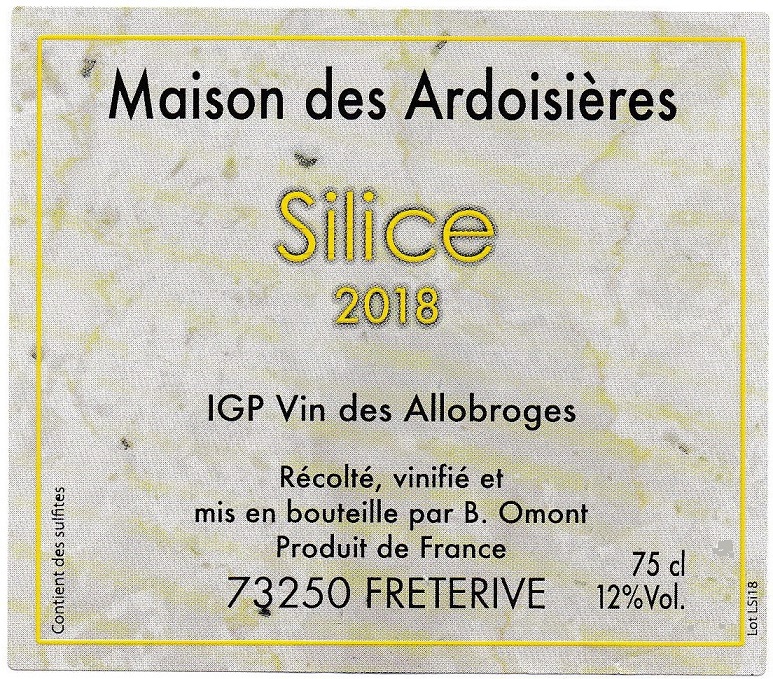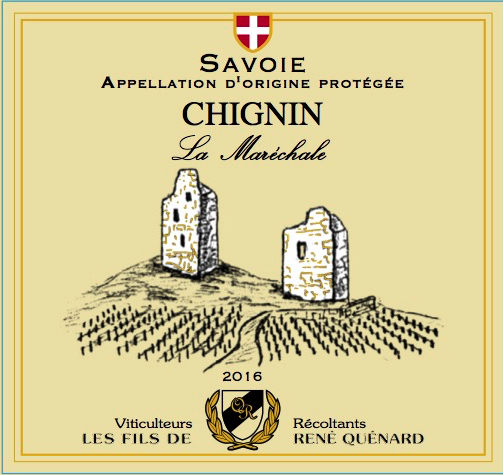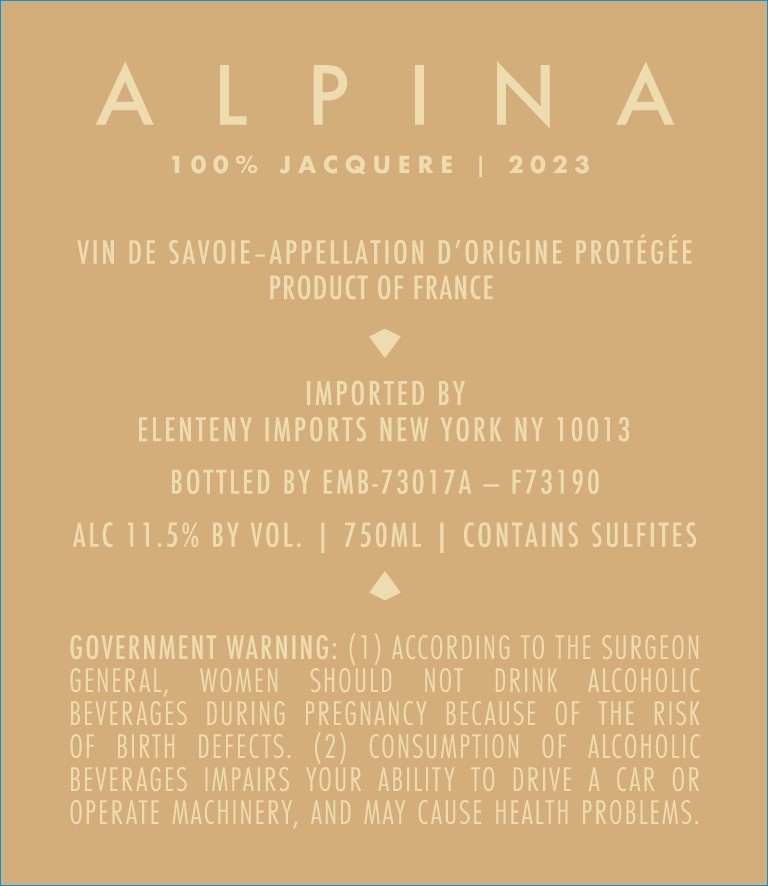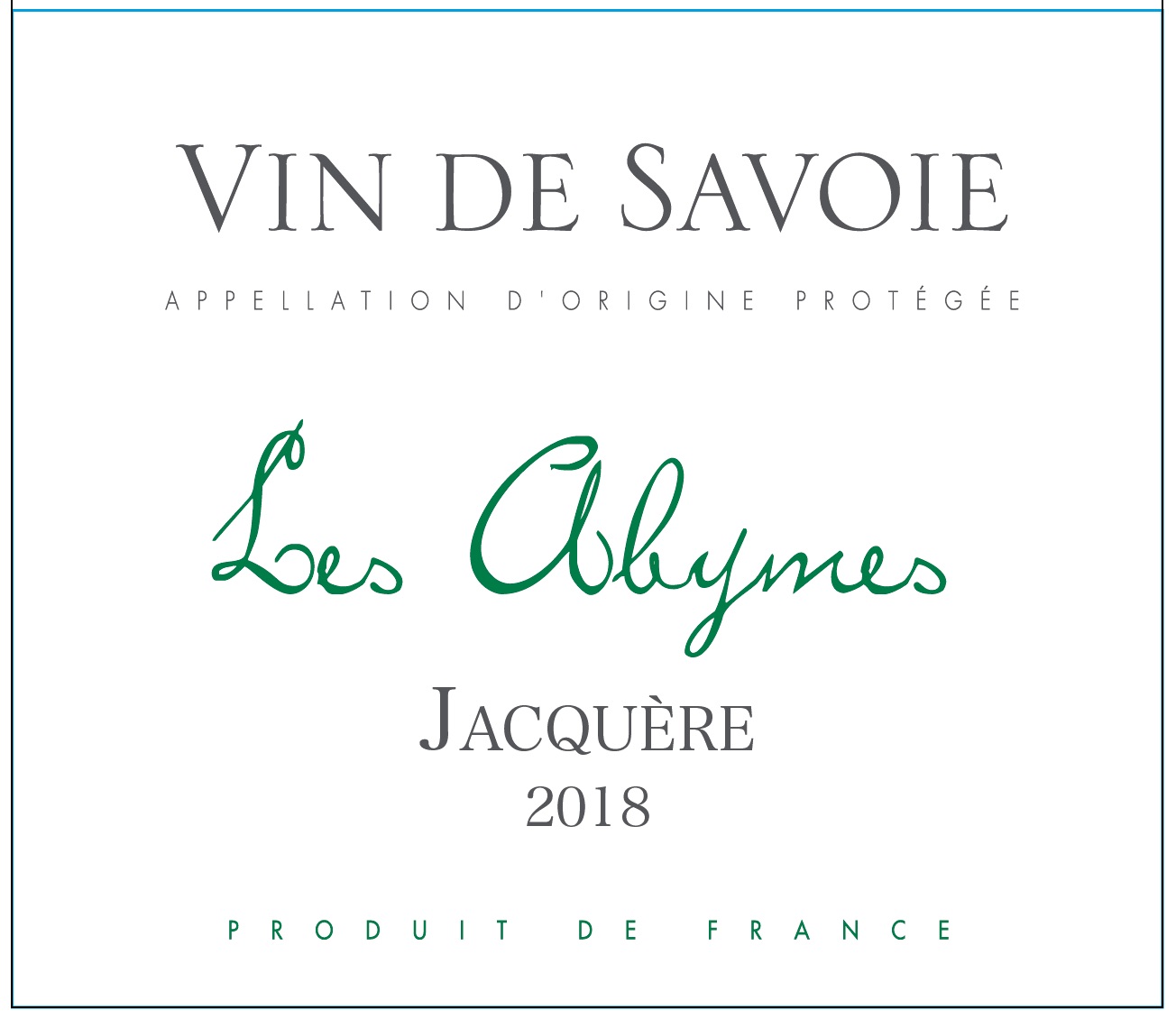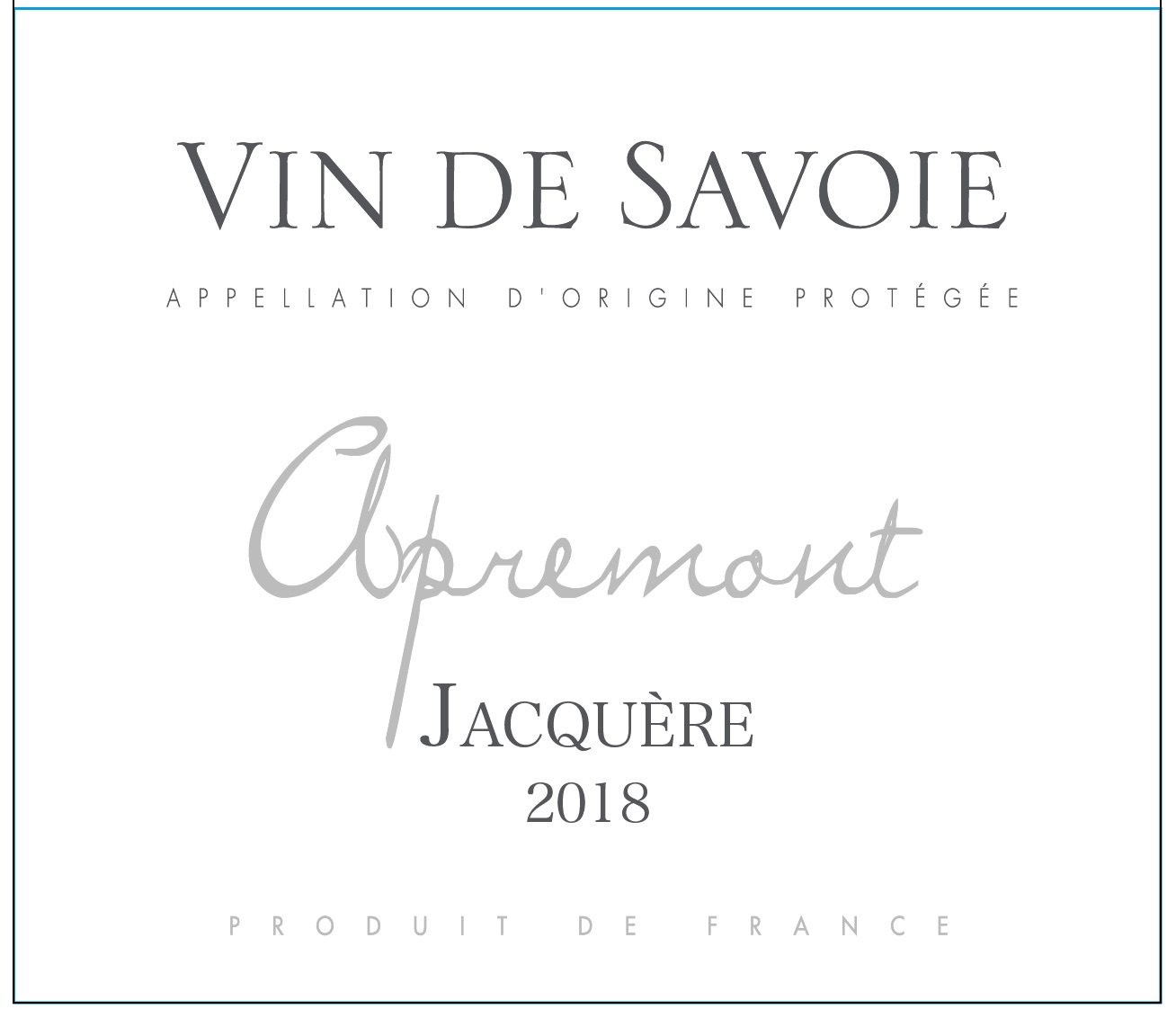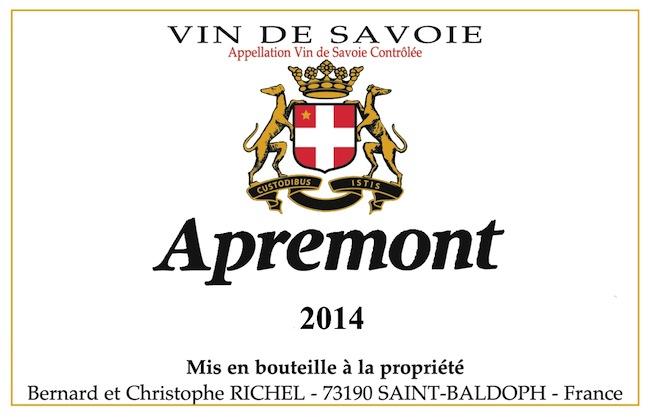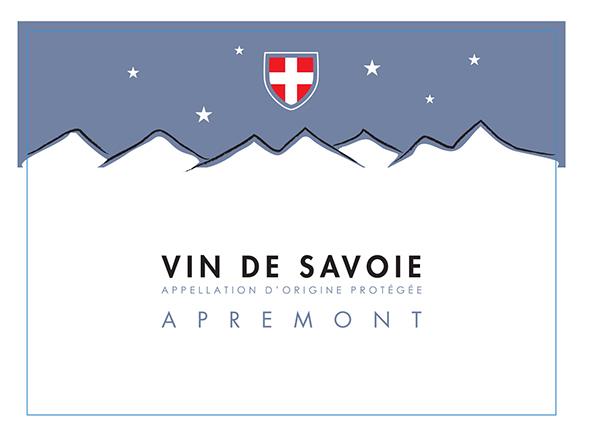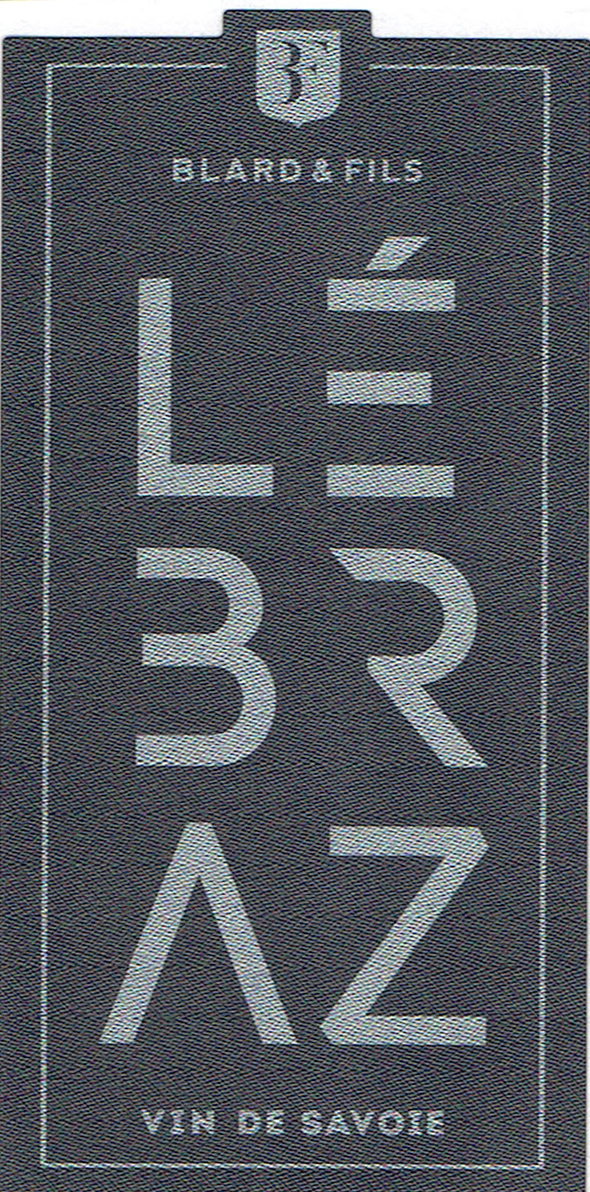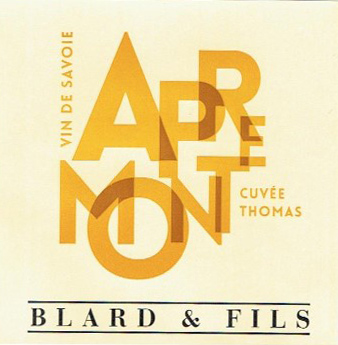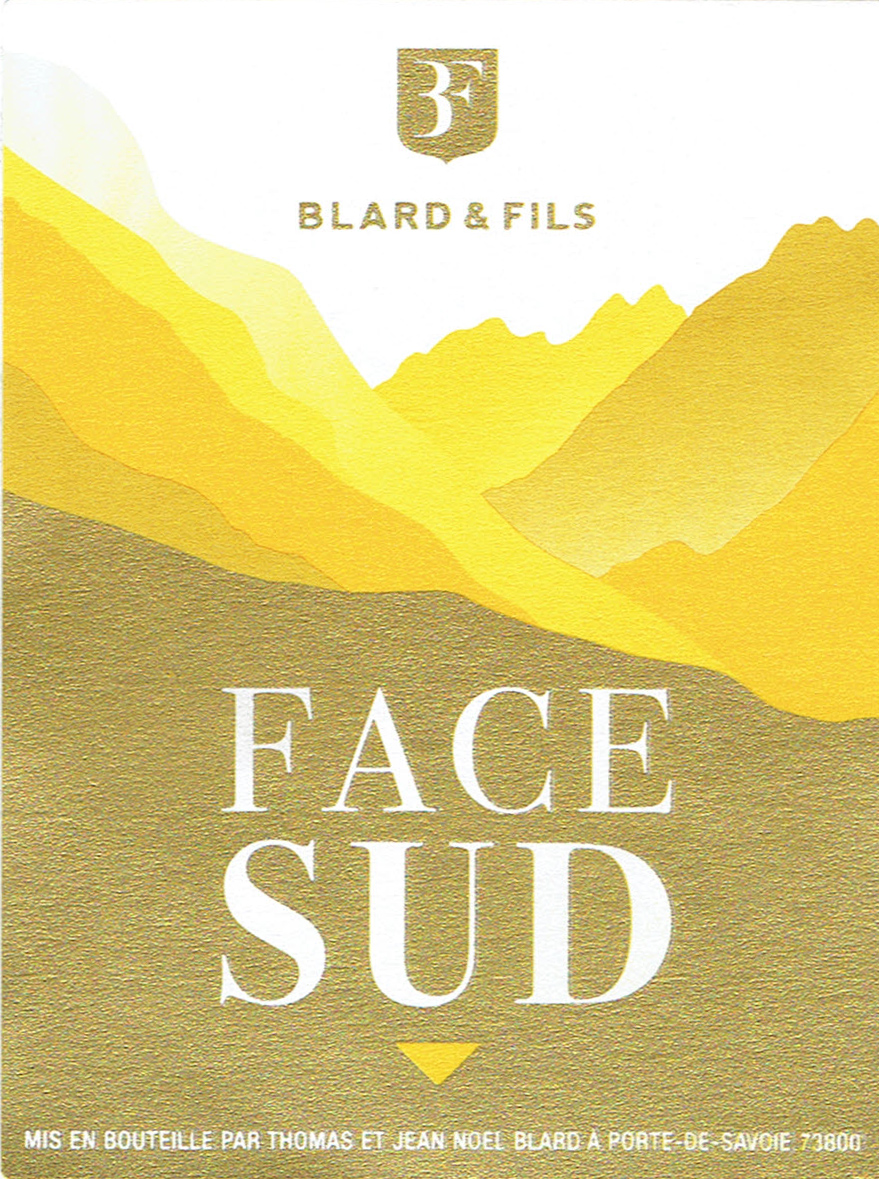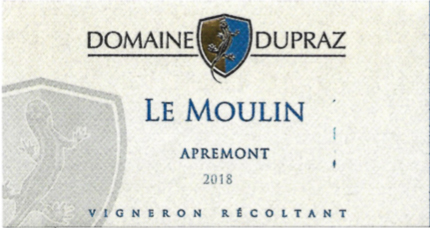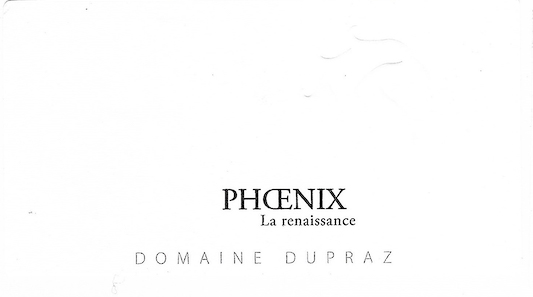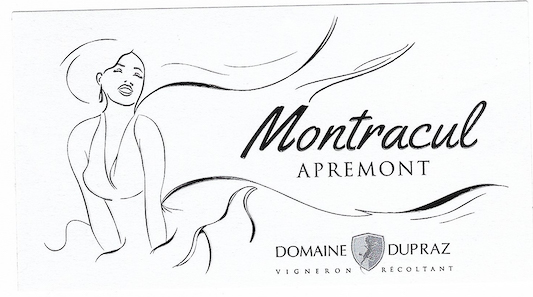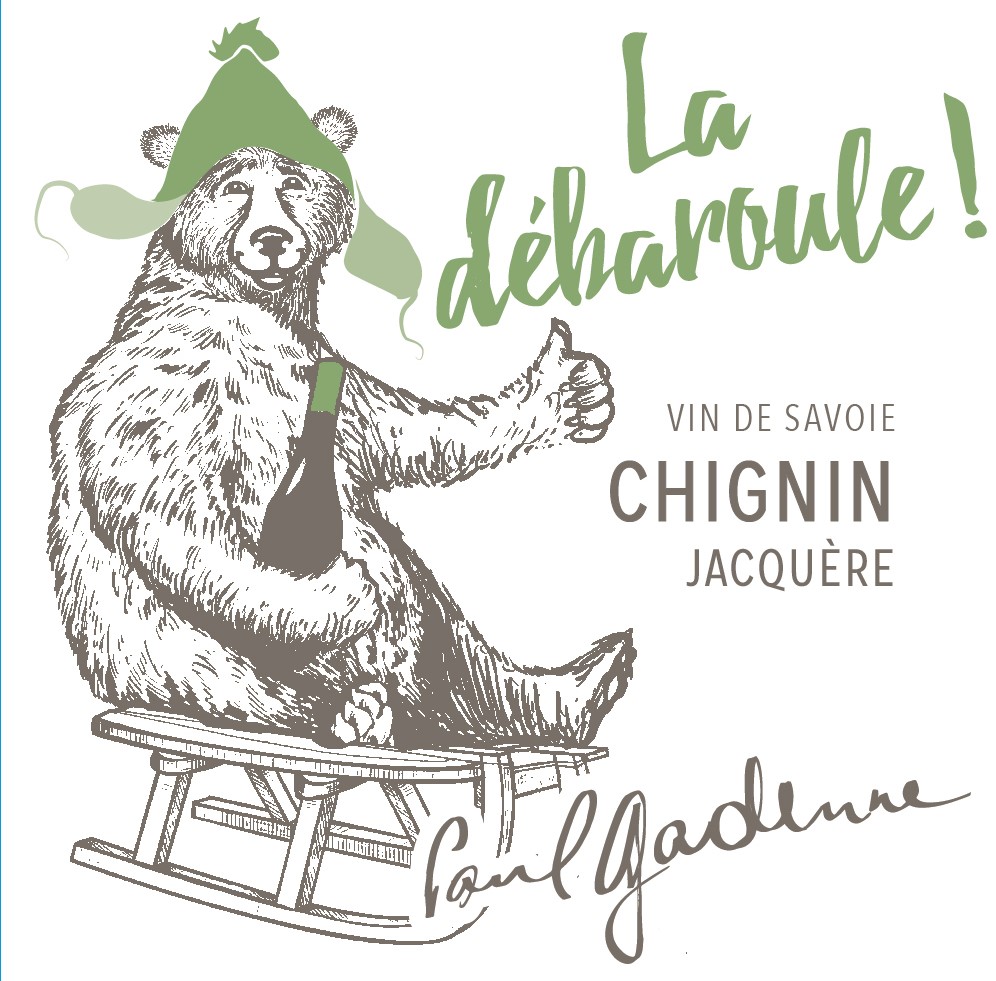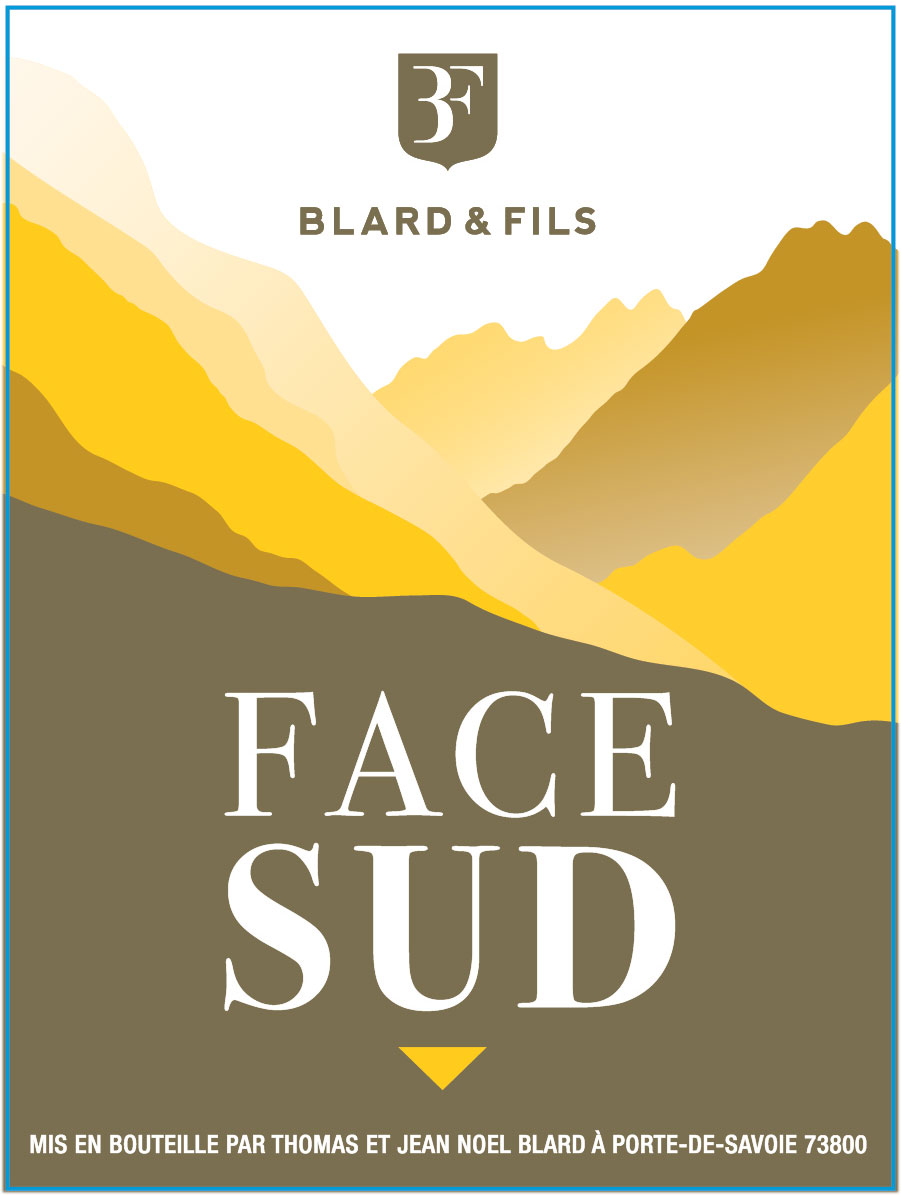Characteristics of Jacquére
Jacquére, a grape from the ancient vineyards of Savoie, offers a wine profile with invigorating acidity and a delicate bouquet. This varietal is loved for its light, vibrant wines that feature hints of floral and green fruit notes, enhanced by a unique mineral backbone. Often described as "mountain fresh," these wines capture the crisp essence of their alpine origins, delivering a clean taste that refreshes the palate. With low alcohol content, rarely exceeding 12% ABV, Jacquére provides a gentle drinking experience, making it an easy choice for many. Its pale straw-yellow hue with greenish hints adds to its charm, reflecting the youthful vitality this grape consistently delivers.
What Does Jacquére Taste Like?
Jacquére’s flavor profile is intricately tied to the region and climate of Savoie, which shapes its unique characteristics:
-
Regional Influence Flavors: The Alpine terroir imparts a strong mineral backbone, described as flinty or stony. These geological notes are central to its identity, with descriptors like "mountain fresh" highlighting the wine’s connection to its cool, stony environment.
-
Climate Effect on Flavor: The cool climate of Savoie enhances Jacquére’s subtlety and freshness. This setting emphasizes its crisp green apple, pear, and citrus flavors, adding to the wine’s refreshing and zesty nature. The high acidity, combined with its mineral essence, creates a clean, invigorating finish.
Overall, Jacquére encapsulates the essence of its Alpine roots, offering a delicate yet complex wine experience.
Notable Region Jacquére Grows In
Jacquére's distinct characteristics are influenced by its regional roots, highlighting how varied terroirs shape this varietal's profile.
-
France: Savoie – the primary region for Jacquére, where the Alpine terroir imparts its trademark mineral notes and crisp acidity.
-
Switzerland: Valais – offers a slightly richer expression, with enhanced floral aromas and a softer texture due to the moderated climate.
-
Italy: Valle d'Aosta – produces wines with a similar freshness and minerality, but with a touch of Alpine herbs adding complexity.
-
United States: Oregon – while less common, experimental plantings here show potential for vibrant acidity and a unique mineral profile.
Food Pairings - Jacquére
Jacquére's lively acidity and mineral essence make it an ideal companion for a variety of dishes that range from hearty Alpine classics to fresh seafood.
-
Alpine Cheese Dishes: The sharp acidity of Jacquére cuts through the creamy richness of Fondue Savoyarde and Raclette, refreshing the palate while complementing the bold flavors of melted cheeses and cured meats.
-
Seafood Selection: Its crispness and mineral qualities enhance the briny and delicate flavors of oysters, clams, and lean fish like trout, highlighting their freshness and balancing their richness.
-
Light Salads and Vegetables: The wine’s acidity mirrors the tangy vinaigrettes of salads and pairs beautifully with slightly bitter greens and grilled vegetables, elevating their natural flavors.
How to Serve Jacquére
To fully enjoy the fresh and vibrant qualities of Jacquére, follow these serving guidelines that highlight its unique alpine character and subtle complexity.
-
Serving Temperature: Serve chilled at 46–50°F (8–10°C) to preserve its crisp acidity and delicate floral notes.
-
Glassware: Use a standard white wine glass to focus the wine’s floral aromas and mineral essence.
-
Decanting: Not necessary for Jacquére; its light body and fresh profile are best appreciated immediately.
-
Aging Potential: Enjoy young for its vibrant freshness; typically consumed within 1–3 years of release.
-
Storage: Store in a cool, dark place at 52–57°F (11–14°C) with consistent humidity to maintain its delicate flavors.


